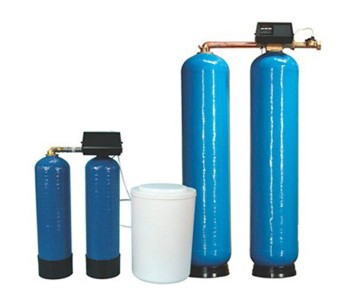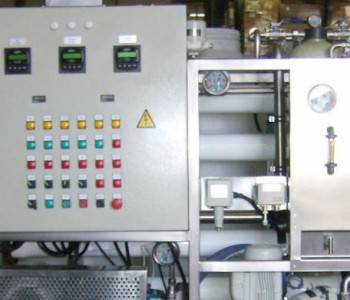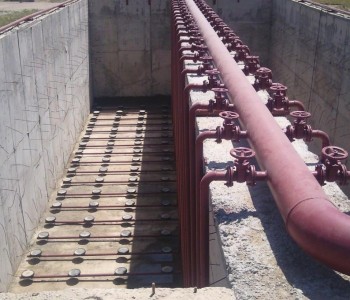Nanofiltration membranes are pressure driven membrane separation processes which have been developed within the last years and have been exceedingly used since their development. They are placed between reverse osmosis and ultrafiltration types, have an asymmetrical structure and are especially used to eliminate organic material in liquid solutions. The membrane pore dimensions are between 0,5-2 nm and the pressure is 5-40 bars. The operating principles of NF membranes resemble those of reverse osmosis. The difference between the two is in their pressure. In NF membranes, less pressure than in reverse osmosis is used and therefore less energy is needed. For this reason, in most cases, it is preferred to reverse osmosis. However, it delivers lower quality water compared to reverse osmosis. The factors that affect the performance of NF membranes are; pressure, temperature, cross flow speed and pH.

























































